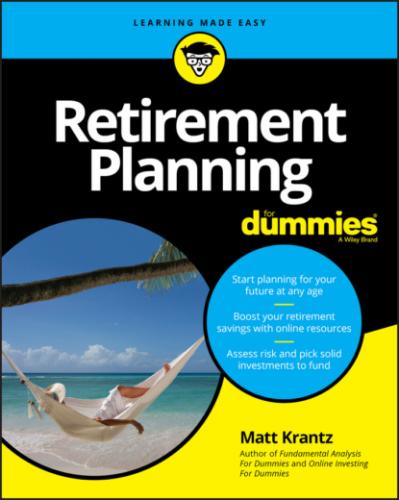Some of you may already fastidiously track your income and expenses, but most people don't. Fortunately, helpful (and almost automatic) ways exist to figure out where you're spending your money.
Eyeing your expenses
When it comes to tracking your money, you need to know a few things about your expenses:
Category: Classify what you're spending into groups, such as food, transportation, and housing. Then break down these groups further into subcategories. For example, food is composed of groceries and dining out, and transportation includes gas for your car and bus tickets. Keep in mind, too, that some of your costs are necessities (such as rent and groceries) and others are discretionary (for example, concert tickets and dining out).
Amount: Tally these costs. Even seemingly small expenses can add up over time.
Frequency: Some expenses are weekly, such as a grocery store run. Others occur monthly, such as utilities. And still others are due once or twice a year, such as property taxes. You might be feeling rich one month, only to be blindsided by a semi-annual auto insurance bill the next.
Tax deductibility: Some expenses might be associated with your business or deductible at tax time for other reasons. Keep track of tax-deductible expenses.
Savings: Okay, so savings isn’t an expense, but it’s part of your budget. Keeping track of how much you’re able to sock away helps you forecast your savings progress.
Taxes: Keep an eye on how much is withheld, or pulled out of your earnings, each pay period, so you understand how much of your income is going to the tax man.
Tracking your money’s every move
You’re probably thinking, “How the heck can I track all this with any kind of precision?” After all, if you’re like most people, you typically just whip out a credit card when you pay for something, toss the receipt, and worry about the bill later. Or you might be even less actively involved because you set your bills on auto payment and forget about them.
I’m not going to tell you that your monthly Netflix subscription or daily run to Starbucks is a bad idea. Again, the way you use your money is up to you. I will, however, show you how to figure out what these things are costing you. Then it’s up to you to decide whether they’re worthwhile.
When you track your expenses, know that most fit into one of four main groups:
Overhead: You need food, clothing, and shelter. These items don't necessarily bring you joy, but they're required to survive. Rent or mortgage payments, groceries, and utilities are the biggest overhead line items.
Taxes: Another massive line item for people is Uncle Sam’s piece. Refer to the tax brackets in Table 2-1 if you need a reminder.
Savings: As mentioned, you might not think of savings as an expense, but that’s how it functions in your budget.
Discretionary money: After you pay your other expenses, I hope money is left over for you to buy things or experiences you enjoy.
TABLE 2-1 2019 Tax Brackets
| Rate | Single Individual, Taxable Income More Than | Married and Filing Jointly, Taxable Income More Than | Head of Household, Taxable Income More Than |
| 10% | $0 | $0 | $0 |
| 12% | $9,700 | $19,400 | $13,850 |
| 22% | $39,475 | $78,950 | $52,850 |
| 24% | $84,200 | $168,400 | $84,200 |
| 32% | $160,725 | $321,450 | $160,700 |
| 35% | $204,100 | $408,200 | $204,100 |
| 37% | $510,300 | $612,350 | $510,300 |
Spending guidelines
Following are guidelines on how much you should be spending on the four main expense categories:
Overhead: 50 percent or less of income. Generally speaking, your housing spending should be 30 percent or less of your income. Add insurance, utilities, food, and other necessities, and the total should be about 50 percent or less of your income. If you can spend less on necessities, good for you.
Taxes: 20 percent federal plus state and local. Taxpayers on average paid 20 percent of their income on federal tax (www.irs.gov/statistics/soi-tax-stats-individual-statistical-tables-by-size-of-adjusted-gross-income). State income taxes range from 0 percent in seven states to up to 13.3 percent in California (https://turbotax.intuit.com/tax-tips/fun-facts/states-with-the-highest-and-lowest-taxes/L6HPAVqSF). Good retirement planning can help you lower the slice the taxman takes.
Savings: 10 percent to 15 percent. Most experts recommend socking away for retirement 10 to 15 percent of your pretax income. You’ll want to save more than that if you’re planning a big expense such as college for your kids, a new car, or the down payment on a home. Keep in mind that when you’re retired, you no longer need to keep a savings budget.
Discretionary: Whatever’s left, which is 15 percent to 20 percent if you follow the other guidelines. After paying everything else, have fun with the remaining money. You should choose what to do with your fun money.
Measuring Your Spending
As mentioned, your run rate is how much you spend now. You can calculate your run rate in several ways:
